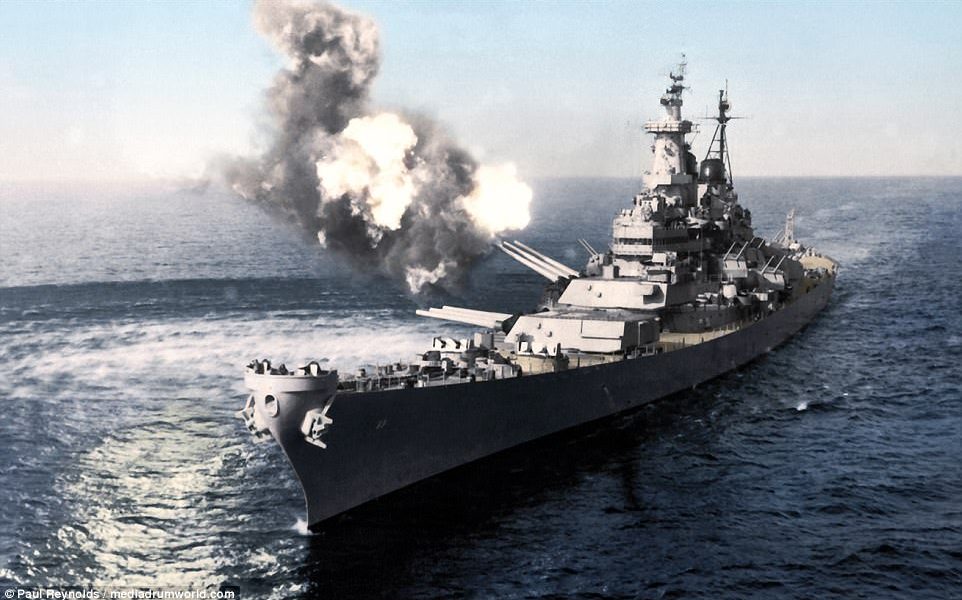lareddepathways.com – Naval warfare has been a pivotal component of military history, shaping the outcomes of conflicts and the course of nations. This article delves into the historical account of soldiers and sailors during naval warfare, exploring the evolution of warships and the art of naval combat.
The Dawn of Naval Warfare
The history of naval warfare dates back to ancient civilizations, where early vessels were used for both trade and combat. The Greeks and Romans, among others, developed sophisticated naval tactics and ship designs, laying the foundations for future naval strategies.
The Age of Sail
The age of sail brought about a golden era for naval warfare. Warships, known as “battlewagons,” were the centerpiece of naval power, equipped with cannons and rigged for speed and maneuverability. The line of battle, a tactic where ships would form a line to maximize cannon fire, became a hallmark of naval engagements.
The Industrial Revolution and Ironclads
The Industrial Revolution transformed naval warfare with the introduction of ironclad ships. These vessels, armored with iron plates and equipped with steam engines, revolutionized naval combat. The Battle of Hampton Roads in 1862, where the USS Monitor and CSS Virginia faced off, marked a turning point in naval warfare, showcasing the dominance of ironclads over traditional wooden ships.
The Advent of Modern Naval Warfare
The 20th century saw the advent of modern naval warfare, with the development of aircraft carriers, submarines, and advanced weaponry. World War II was a watershed moment, with iconic battles such as Midway and the Battle of the Atlantic, highlighting the importance of naval superiority.
The Role of Soldiers and Sailors
Throughout history, soldiers and sailors have been the backbone of naval warfare. Their bravery, skill, and resilience have determined the outcomes of battles and the fates of nations. From the close-quarters combat of ancient galleys to the complex operations of modern carrier groups, the human element remains crucial in the art of naval warfare.
The Evolution of Naval Tactics
Naval tactics have evolved in tandem with technological advancements. From the line of battle to carrier strike groups, the strategies employed by naval forces have adapted to the changing nature of warfare. The integration of cyber warfare and unmanned vehicles into naval tactics represents the latest evolution in the art of naval combat.
Conclusion
The Battlewagon’s Brawl is a testament to the enduring significance of naval warfare. From the age of sail to the modern era, warships and the art of naval combat have played a crucial role in shaping history. As we look to the future, the legacy of soldiers and sailors who have fought at sea continues to inspire and inform the evolution of naval warfare.

